
Watercolor or watercolour, also aquarelle, is a painting method in which the paints are made of pigments suspended in a water-based solution. Watercolor refers to both the medium and the resulting artwork. Aquarelles painted with water-soluble colored ink instead of modern water colors are called aquarellum atramento by experts. However, this term has now tended to pass out of use.
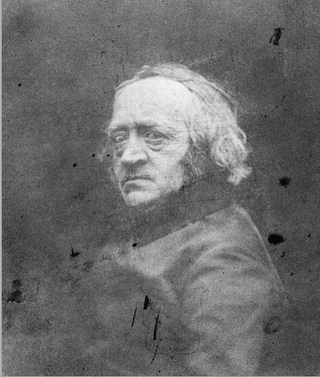
William Henry Hunt, was an English watercolourist. Hunt was "one of the key figures in nineteenth-century English watercolour painting. His work was extensively collected in his lifetime, particularly his genre pictures of children, often in humorous situations, and his detailed, naturalistic still lifes of fruit, flowers, and birds' nests that earned him the nickname ‘Bird’s Nest’ Hunt."

William Sawrey Gilpin was an English artist and drawing master, and in later life a landscape designer.

The Royal Institute of Painters in Water Colours (RI), initially called the New Society of Painters in Water Colours, is one of the societies in the Federation of British Artists, based in the Mall Galleries in London.
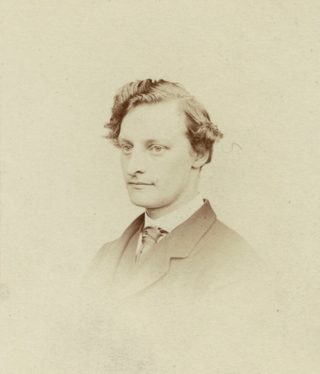
Edward Robert Hughes was a British painter, who primarily worked in watercolours, but also produced a number of oil paintings. He was influenced by his uncle and artist, Arthur Hughes who was associated with the Pre-Raphaelite Brotherhood, and worked closely with one of the Brotherhood's founders, William Holman Hunt.
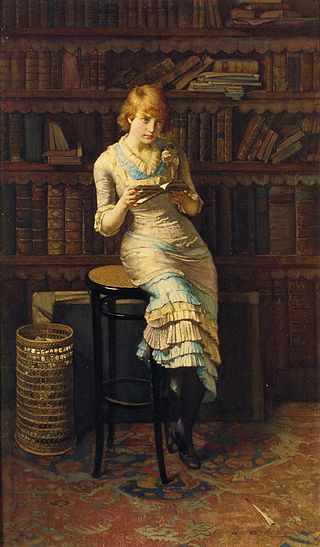
John Henry Henshall, usually known as Henry Henshall was a British watercolourist and etcher.

William Turner was a British painter who specialised in watercolour landscapes. He is often known as William Turner of Oxford or just Turner of Oxford to distinguish him from his contemporary, J. M. W. Turner. Many of Turner's paintings depicted the countryside around Oxford. One of his best known pictures is a view of the city of Oxford from Hinksey Hill.

The Royal Society of Painter-Printmakers (RE), known until 1991 as the Royal Society of Painter-Etchers and Engravers, is a leading art institution based in London, England. The Royal Society of Painter-Etchers, as it was originally styled, was a society of etchers established in London in 1880 and given a Royal Charter in 1888. Engraving was included within the scope of the Society from 1897, wood-engraving from 1920, coloured original prints from 1957, lithography from 1987 and all forms of creative forward-thinking original printmaking from 1990.
Mildred Anne Butler was an Irish artist, who worked in watercolour and oil of landscape, genre and animal subjects. Butler was born and spent most of her life in Kilmurry, Thomastown, County Kilkenny and was associated with the Newlyn School of painters.

William Collingwood Smith, was a British watercolourist.

Frederick Walker was a British social realist painter and illustrator. He was described by Sir John Everett Millais as "the greatest artist of the century".

An animal painter is an artist who specialises in the portrayal of animals.
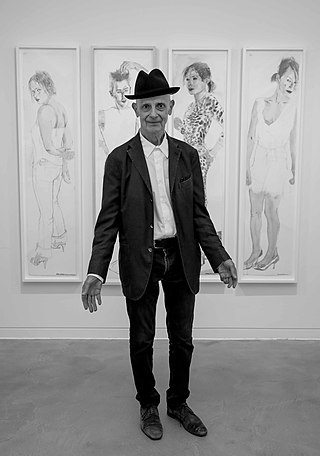
David Remfry is a British painter and curator. He served as the Eranda Professor of Drawing at the Royal Academy Schools from 2016 to 2018 and as a competition judge for the Royal Academy of Arts Charles Wollaston Award in 2021. In 2023 he coordinated the Royal Academy of Arts Summer Exhibition. A retrospective of Remfry’s work, curated by Dr Gerardine Mulcahy-Parker, is planned for 2025 at Beverley Art Gallery, East Riding.

John Augustus Atkinson (c.1775–1830) was an English artist, engraver and watercolourist.

John "Warwick" Smith was a British watercolour landscape painter and illustrator.

George Garrard was an English animal, landscape and portrait painter, modeller, sculptor, engraver and printmaker. He played a major role in lobbying Parliament to introduce legislation to protect the copyright of works by modellers of animal and human figures.
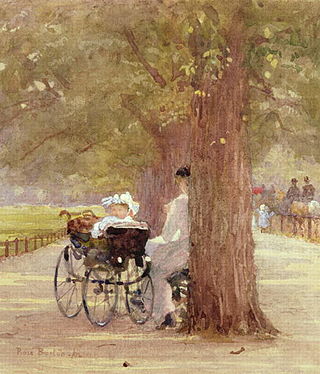
Rose Mary Barton was an Anglo-Irish artist; a watercolourist who painted landscape, street scenes, gardens, child portraiture and illustrations of the townscape of Britain and Ireland. Barton exhibited with a number of different painting societies, most notably the Watercolour Society of Ireland (WCSI), the Royal Academy (RA), the Royal Hibernian Academy (RHA), the Society of Women Artists and the Royal Watercolour Society (RWS). She became a full member of the RWS in 1911. Her paintings are in public collections of Irish painting in both Ireland and Britain, including the National Gallery of Ireland and Dublin City Gallery The Hugh Lane in Dublin, and the Ulster Museum in Belfast.

Edward Duncan was a British watercolourist known for his depictions of coastal views and shipping. He was a member of the Royal Watercolour Society and received Royal patronage from Queen Victoria.
Frederick Mackenzie (1787–1854) was a British watercolourist and architectural draughtsman.
Robin Richmond RWS is a writer and painter. Her work is in private, corporate, and museum collections all over the world and she has had over 35 one woman shows. She is the author of five books on art, translated into 12 languages. She has also illustrated three children's books and has taught painting and art history in many academic institutions including the University of California, Santa Cruz, Yale University, and the University of London.

















